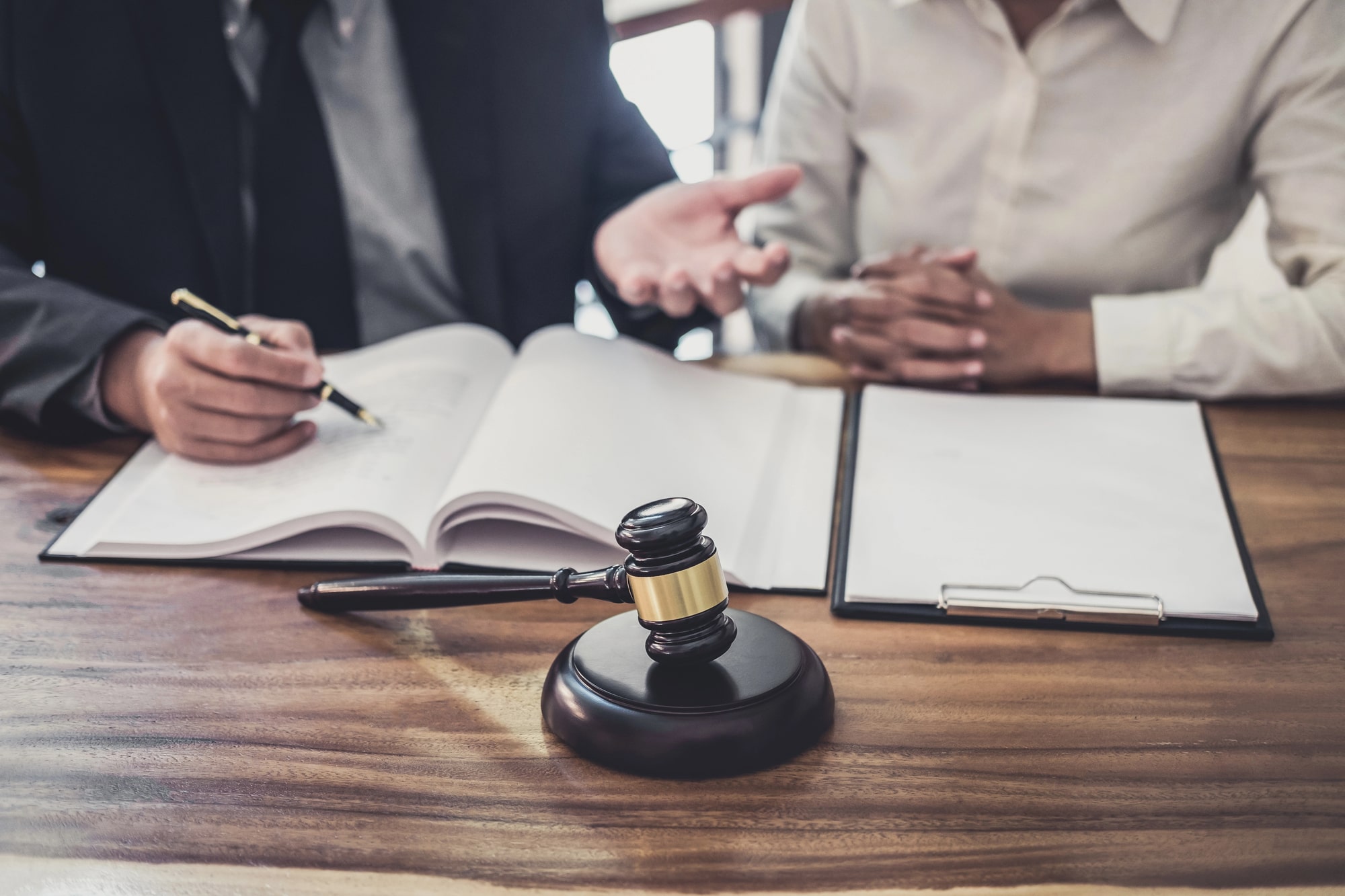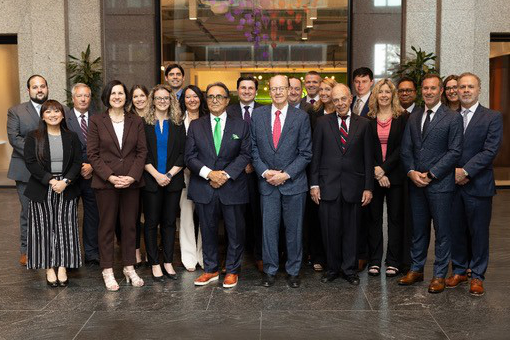Orders Of Protection, Children, And Divorce

In family law matters involving abuse or threats, the court may issue an order of protection to help keep individuals safe. These court orders are often critical when children are involved, particularly during a divorce or custody dispute. Understanding how protective orders can affect family law issues such as parenting time and whether or not decision-making responsibilities are joint or lay with only one parent is important. Every case is unique and order of protection laws differ from state to state
Our friends at Merel Family Law provide a general discussion on how orders of protection can impact children during divorce proceedings and what parents should know if they are considering seeking one.
How Protective Orders Work In Family Cases
An order of protection is a legal tool used to prevent one person from harming or contacting another. It may be issued when there is a threat or history of physical, emotional, or verbal abuse. In a family law case, a protective order can apply to both adults and children.
These orders can include a range of restrictions, such as requiring one party to stay away from the family home, avoid contact, or surrender firearms. In some cases, the order may also grant temporary custody or prohibit one parent from seeing the children until a court hearing can take place.
When Children Are Covered
Children can be included in an order of protection if they have been directly harmed or if their safety is at risk due to the behavior of a parent or household member. Courts take these concerns seriously and will generally err on the side of caution if there is credible evidence of abuse or exposure to harmful conduct.
When an initial petition is filed, a parent can request that their children be added to the order. The court will review any documentation or testimony presented and determine whether the children should be included.
Impact On Custody And Parenting Time
A protective order can temporarily override existing custody arrangements. If the court believes a child is at risk, it may suspend parenting time, restrict visitation, or require supervision. In more serious cases, the order may affect long-term custody decisions.
Judges consider whether the abusive behavior affects the child’s physical or emotional well-being. Even if the abuse is directed at the other parent, courts may decide that the child is negatively impacted by exposure to those situations.
How To Approach A Difficult Situation
Acting quickly and very carefully is extremely important if the safety of your child is at stake. Speak with an attorney who understands both protective orders and family law. An order of protection lawyer can help you prepare the necessary documents and represent you during court hearings.
Collecting evidence such as text messages, emails, medical records, or witness statements can strengthen your request. You may also want to speak with your child’s school or medical provider if their safety or mental health is a concern.
Taking The Right Legal Steps
Legal issues involving children and protective orders require care and clear action. When safety is a concern, the law offers tools to keep parents and children protected.
If you are dealing with a family law matter involving a potential threat to you or your children, consult with a qualified attorney. Taking early steps can help protect your family now and in the future.







